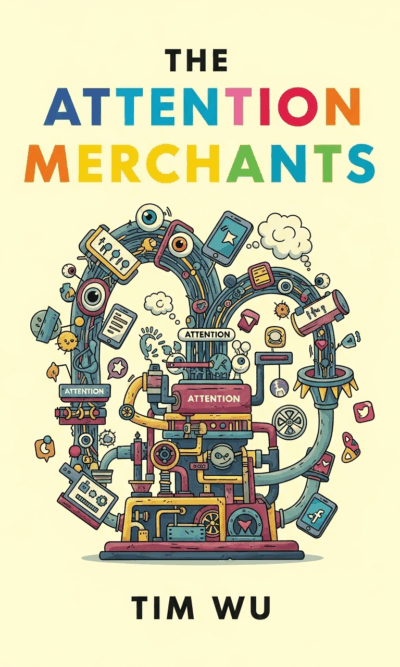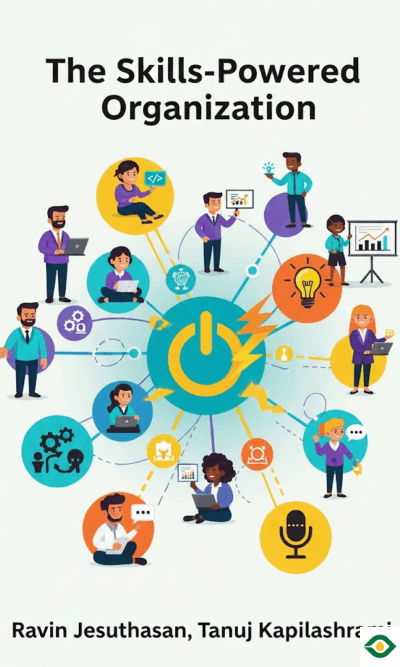Description
Leadership is one of the most powerful forces shaping human life. We see leaders in business, politics, sports, and even within families. But what makes a true leader? Is it power, money, or the ability to control others? Or is it something deeper—something tied to how we work together as human beings?
At its heart, leadership is about biology, trust, and responsibility. Thousands of years ago, humans lived in small groups. Life was full of dangers: wild animals, rival tribes, disease, hunger. To survive, people needed to work together. Leaders naturally emerged, usually those who could hunt, protect, or organize others. Hormones like dopamine, serotonin, and oxytocin helped shape these dynamics. Dopamine rewarded us when we achieved a goal. Serotonin and oxytocin bonded us to one another, encouraging loyalty and cooperation. Endorphins helped us push through pain so we could provide for the group. Over time, this mix of biology and social needs created hierarchies, with leaders guiding and followers supporting.
But leadership wasn’t simply about status. It was about responsibility. A leader’s role was to keep the group safe and ensure survival. This “circle of safety” meant that people could trust one another, pool resources, and focus on building tools, communities, and progress, rather than living in constant fear. Safety was the engine of progress. Without it, people became selfish and defensive. With it, they could dream and create.
Even in modern times, safety remains central. We may not worry about lions in the tall grass, but we do worry about job security, trust in leaders, and fairness in society. A workplace, for example, thrives when leaders create a culture of trust. Employees feel valued and protected, and they respond with loyalty, innovation, and teamwork. But when leaders focus only on short-term gains or personal power, safety disappears. Workers become anxious, defensive, and disconnected. The group breaks down, and selfishness takes over.
Company culture shows this clearly. A leader sets the tone not just for profits, but for how people treat one another. In some companies, leaders look after employees even in personal crises, encouraging acts of kindness and cooperation. In others, leaders treat people like numbers, chasing profits at the expense of well-being. The results are stark: strong cultures inspire sacrifice, while weak cultures breed fear and self-interest.
Bad leadership can do great damage. When leaders distance themselves from the people they serve, empathy fades. Decisions become abstract, and human lives turn into numbers on a spreadsheet. History is full of examples where physical or emotional distance led to cruelty, whether in experiments where people obeyed harmful instructions, or corporate scandals where profits mattered more than safety. When responsibility is replaced by selfishness, leaders stop serving and start exploiting.
This selfishness is made worse by modern pressures. Many organizations become addicted to short-term performance. Dopamine, once linked to survival tasks like hunting, now rewards hitting sales targets or chasing quarterly results. Technology reinforces this addiction, giving us quick hits of satisfaction—likes, clicks, and digital rewards—that distract from deeper, long-term values. Real leadership pushes back against this addiction, reminding people of what matters most: integrity, trust, and lasting progress.
Integrity is the foundation of leadership. People don’t expect leaders to be flawless, but they do expect honesty and accountability. A true leader admits mistakes, takes responsibility, and sets an example for others. This honesty creates the trust that allows groups to thrive. Without trust, no vision can hold a team together. With trust, even mistakes can become stepping stones for growth.
Bonding is equally important. Leadership is about relationships. Leaders who stay close to their people understand their struggles, hopes, and needs. Distance, whether physical or emotional, destroys empathy. Proximity builds compassion. A leader who eats with the team, listens to concerns, and sacrifices personal comfort for the group earns loyalty that no salary or title can buy.
Ultimately, leadership is not about privilege—it is about service. True leaders place others ahead of themselves. They create visions for the future, but they also walk behind the group to make sure everyone arrives together. Think of military traditions where officers eat last, ensuring that their soldiers are cared for first. Or think of leaders like Bill Gates, whose vision wasn’t about money but about putting a computer on every desk. The vision inspired people to work not just for profit, but for a shared purpose.
This is the essence of leadership: guiding people with vision, protecting them with safety, bonding with them through trust, and serving them with humility. Leaders who chase power for themselves may gain temporary control, but they will never earn lasting respect. Leaders who serve others, however, leave a legacy of loyalty, progress, and unity.
In the end, leadership is not a title or position. It is a choice. Every person, in some way, has the chance to lead—whether in a family, a team, a workplace, or a community. The question is whether we lead by taking from others or by giving to them. The leaders worth following are the ones who eat last.





